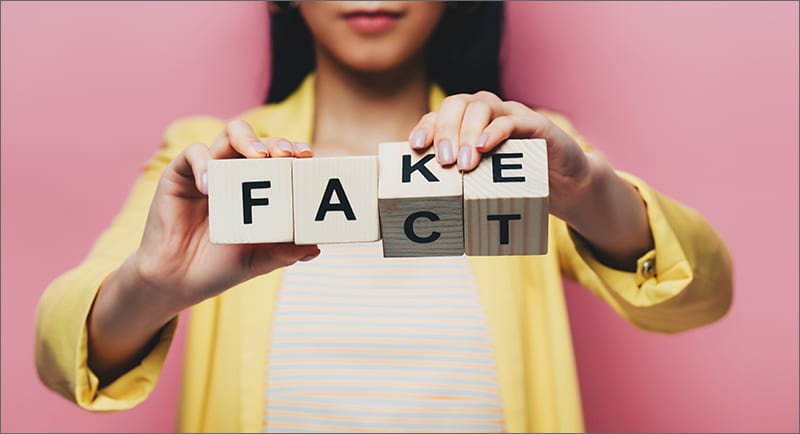
Throughout the COVID-19 pandemic, adults and children have relied on information from online media sources to help them contextualize everything happening around them. Parents and children are constantly searching for guidance on vaccines, masks, testing and when to quarantine or isolate. With the vast amount of readily available information, adults and children have to utilize their critical thinking and media literacy skills to help navigate the barrage of information they encounter.
“Media Literacy education – which teaches students to apply critical thinking to media messages and to use media to create their own messages – is a key 21st century skill. Media Literacy is critical to the health and well-being of America’s children, as well as to their future participation in the civic and economic life of our democracy.” – Media Literacy Now
Navigating this information becomes even more complicated with the large amount of disinformation and misinformation being spread online. The United Nations UN News Website, explains that so much misinformation and disinformation, about the COVID-19 pandemic, is spreading across the globe that many people are now referring to it as the “disinfodemic”.
Disinformation and misinformation differ slightly in that misinformation is false information that is spread by people who believe the information to be true. Disinformation, on the other hand, is false information that is intentionally spread even though the spreader is aware that the information is false. Both can have a damaging effect, but parents and teachers can play a pivotal role in helping children develop media literacy skills that will assist them during this pandemic and beyond.
- Teach children to fact check.
- Parents and teachers can model the fact-checking process, encourage children to see if a claim has already been fact-checked by others, and familiarize children with fact-checking websites like
- Evaluate sources for reliability and authenticity.
- Most web content is not original. Parents and teachers can demonstrate how to get to the original source to understand the trustworthiness of the information.
- Teach children how to read laterally. Show children how to identify the author of an article, the date it was published or last updated, and its target audience.
- Use real life examples to teach about responsible sharing.
- In the past few years, social media platforms have taken a more active role in combating misinformation and disinformation, including deactivating or suspending accounts that spread misinformation/disinformation.
- Teach older children (7th – 12th grade) how to spot fake accounts on social media.
- Be aware of how media affects children’s mental health.
- Much of the information that children encounter online about the COVID-19 pandemic can be upsetting. Check in with children to see how they feel about the news they encounter.
- Limit children’s exposure to news coverage about the pandemic. Children often lack experience and context that could help them better interpret what they hear and see.
- Resources to help navigate children’s mental health during the pandemic
- COVID-19 Parental Resources Kit – CDC.gov
- COVID & Kids’ Mental Health – Child Mind Institute
- EGUSD Social Emotional Resources to Support Families
Although sifting through the mountain of messages can seem daunting at times, with some well developed media literacy skills, both adults and children can sort fact from fiction and be well informed citizens, even during this pandemic.



